
The Koolhoven F.K.42 was a parasol-wing, two-seat training monoplane manufactured by Koolhoven in the Netherlands. Only one was built.

The Hispano-Suiza E-34, later renamed Hispano HS-34, was a Spanish single engine, tandem seat biplane, designed as a basic trainer. Twenty five were ordered by the Aeronáutica Naval, but only five had been completed when the Spanish Civil War intervened.
The Koolhoven F.K.44 was a two-seat, single engine sport monoplane designed and built in the Netherlands in the early 1930s. It was built to order, but only one was completed.
The Yackey Monoplane was an American three seat parasol monoplane flown in the late 1920s. Two prototypes had some success in the 1927 New York - Spokane National Air Derby and orders were placed but a crash killed its designer and ended production.

The Laird LC-B was a three seat, single-engined biplane, built for private owners in the U.S. in the late 1920s and offering a variety of engines. About 35 had been built before production ceased in the mid-1930s. Two have been restored to flight.
The Pacer Monoplane was a parasol wing, four seat, light aircraft, flown and produced in the US in the late 1920s.

The Miami Maid was a US three passenger amphibian first flown in 1929. Despite ambitious production plans, only two were built.
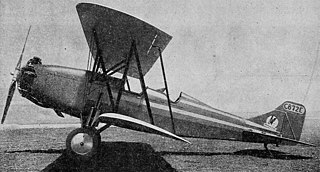
The American Eagle Phaeton was an American three seat, single engine sports biplane produced from 1929 until American Eagle failed financially in 1932. About 34 were built.
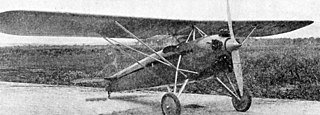
The Inland Sport series of parasol wing, sport and training side-by-side two seaters, introduced between 1928 and 1930, differed chiefly in their engines. They used three different radial engines, more than doubling the Sport's power over two years of development. 34 examples were built and frequently re-engined.
The Hodkinson HT-1 was a U.S., eight place, three-engined sesquiplane, first flown in 1929. Despite an order for five, only one had been completed before Hodkinson Aircraft went bankrupt near the start of the Great Depression. It operated in Guatemala for several years.
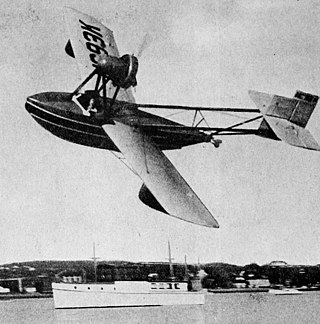
The Ireland Privateer was a 1930s American two-seat, single pusher-engined monoplane sports flying boat which could be equipped as an amphibian. About 18 were built.

The Huntington H-11 Governor was a two-seat cabin monoplane with a high, cantilever wing built in the United States and first flown around 1930. Three were completed.
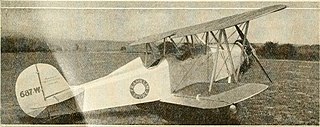
The Franklin Sport is a two seat sport and training biplane built in the U.S. in 1930. Several different engines, in the power range 55–90 hp (41–67 kW), were fitted. Two remained airworthy in 2011.

The Lincoln AP was a U.S., single engine, high wing, general purpose civil cabin aircraft first flown in 1930. Only four were built.

The Zenith Z-6 is a single engine biplane U.S. airliner built in the late 1920s. Its cabin, in the fuselage immediately behind its radial engine, holds five or six passengers depending on engine power. It is flown from an open cockpit further aft. Nine were completed and one has been restored to flight.
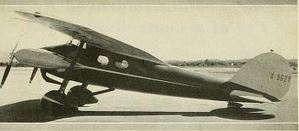
The Alcor Duo-4 was a high wing cabin aircraft, unusually powered by a pair of four cylinder straight engines mounted horizontally either side of the nose. After an accident it was rebuilt with six cylinder engines, becoming the Alcor Duo-6. The name Alcor derived from Allan Lockheed Corporation.
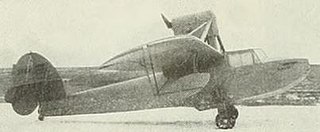
The Argonaut Pirate was a 1930s, U.S., three place, single-engined pusher configuration amphibious aircraft. Only two were built.
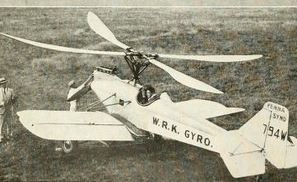
The Wilford Gyroplane was based on a German autogyro first flown in 1926. After E. Burke Wilford bought the rights and patents, it was developed in the US until 1936.
The Vought V-100 Corsair Junior was an attempt to produce a cheaper, multi-purpose, export version of the Vought O2U/O3U observation aircraft it had produced for the United States Navy. It did not sell, and only the prototype was built.
The Mulot AM-20 was a Belgian single seat aerobatic trainer displayed at the 1937 Brussels Salon. Two were built.

















